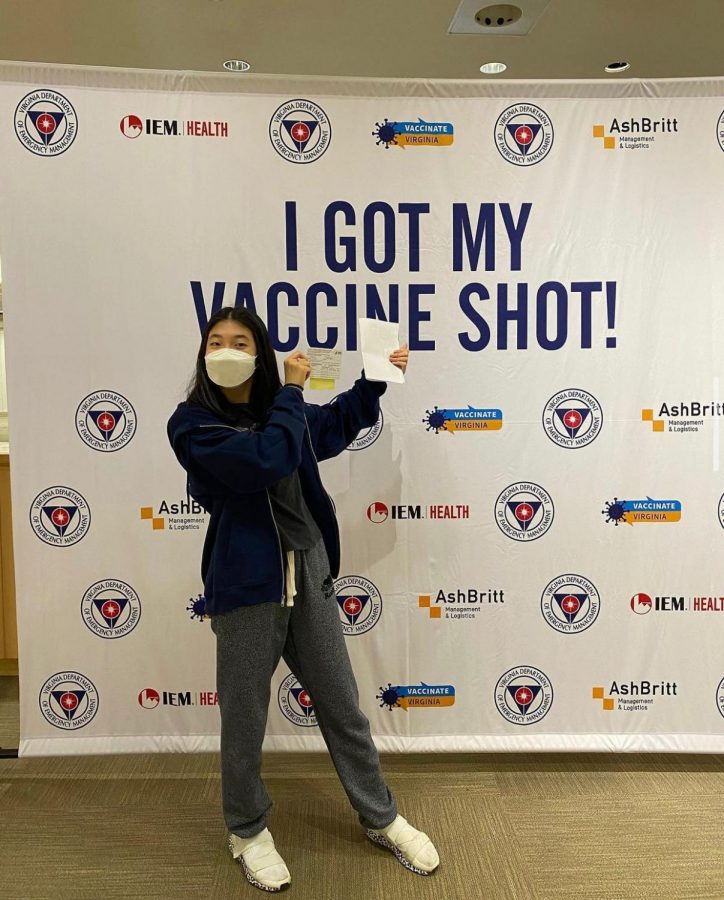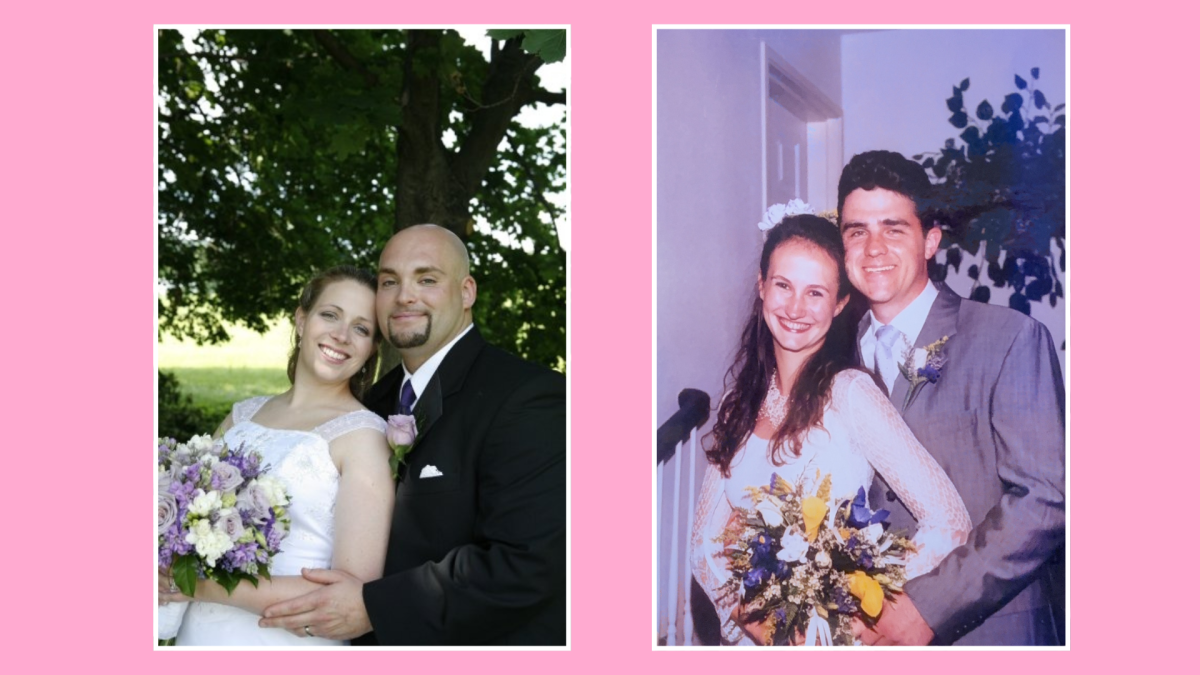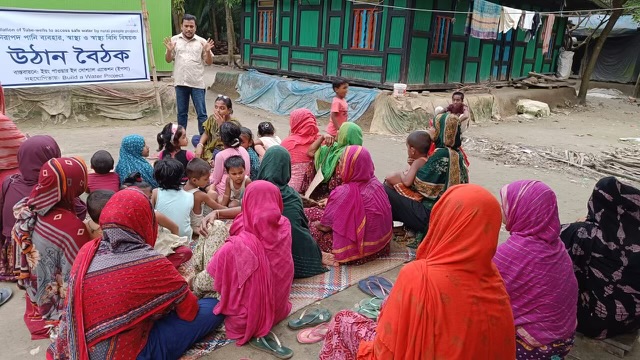Almost 40% of the American population has been fully vaccinated and the country is already on the mend, a drastic improvement in comparison to a year ago. Pharmaceutical corporations have competed for months to effectively produce a vaccine to help the public protect themselves from the raging coronavirus pandemic, the frontrunners being Pfizer, Moderna, and Johnson & Johnson.
Since the start of the pandemic, the nation has been eagerly waiting for news of a vaccine. Pfizer was one of the first companies to announce the completion of their vaccine, with Moderna and Johnson & Johnson following soon after. From the release of the vaccine to now, more and more people have been vaccinated in hopes of establishing herd immunity against the coronavirus.
To understand the current situation of the pandemic, it is important to evaluate the three vaccines authorized for emergency use in the United States: the Pfizer-BioNTech vaccine, Moderna vaccine, and Johnson & Johnson vaccine.
The Pfizer-BioNTech Vaccine
The Pfizer-BioNTech coronavirus vaccine was authorized for emergency use by the U.S. Food and Drug Administration on December 11, 2020.
“The FDA’s (Food and Drug Administration) authorization for emergency use of the first COVID-19 vaccine is a significant milestone in battling this devastating pandemic that has affected so many families in the United States and around the world,” said FDA Commissioner Stephen M. Hahn, M.D. in a past news release.
The Pfizer shot is an mRNA vaccine, which alters a cell’s messenger RNA (mRNA) to make a protein that triggers an immune response against the coronavirus. The shot requires people to receive two vaccinations, 21 days apart. It is currently recommended for people 12 and over to get a shot, but that will most likely change in the near future to accommodate all ages.
While there are possible side effects to taking this vaccine, such as fatigue, chills, muscle pain, and more, officials emphasize the vaccine’s importance in protection against the pandemic.
“You’re in a tenuous zone if you don’t have the full impact of two doses,” said Director of the U.S. National Institute of Allergy and Infectious Diseases Anthony Fauci, M.D.
If you get a Pfizer-BioNTech or Moderna #COVID19 vaccine, you will need 2 shots for the most protection.
For help scheduling your second shot, contact the location that set up your first appointment. Learn more: https://t.co/YrWuIWXZ9m. pic.twitter.com/rfN9URLdQt
— CDC (@CDCgov) June 2, 2021
The Moderna Vaccine
Also an mRNA vaccine, the Moderna shot was created in hopes of bringing the nation and the world one step closer to recovery from the coronavirus. Two shots, 28 days apart, are required for full efficacy.
What differs between the Moderna and Pfizer vaccine is how the shot is administered, the duration of time needed between each shot, and the current age range eligible to get the vaccine.
According to the Center for Disease Control and Prevention (CDC), the time between each shot should be approximately a month or 28 days.
Pfizer and Moderna, however, share a multitude of similar side effects, especially rashes or redness of the skin.
“I’ve still got a big red spot,” said Sandra Fryhofer, M.D., an Atlanta general internist. “It’s like my badge of honor. I am so honored to be a healthcare provider and I’m glad I could be vaccinated so I can be protected as I take care of my patients.
The Johnson & Johnson Janssen Vaccine
Johnson & Johnson’s Janssen vaccine was the last vaccine to be available to the public in the United States but stood out for a variety of features.
For one, the Johnson & Johnson vaccine only requires patients to get one shot instead of two, unlike Pfizer and Moderna. Additionally, instead of being an mRNA vaccine, the Johnson & Johnson shot is a viral vector vaccine, meaning that it uses a modified version of another virus, or vector, to send crucial directions to the cell.
A very small percentage of recipients also experienced fatal blood clots. According to The New York Times, as of May 12, after they were given the Johnson & Johnson shot, 28 people had developed them.
The FDA ended up pausing the administration of the Johnson & Johnson vaccine, but it soon concluded when FDA lifted the halt on the vaccine on Apr 23rd, 2021. The reports of blood clots, however, did not stop.
In Beaverton, Oregon, Barbara Buchanan, 63, started developing blood clots after opting to take the Johnson & Johnson vaccine due to the convenience of only having to receive one shot.
“It was devastating,” Buchanan said to KGW8. “I was very scared that I was never going to see my home again or my family.”
She first noticed symptoms six to eight days after her shot, such as fatigue and low-grade temperature. At first, she waved it off as seasonal allergies. However, when she started coughing up blood, she immediately went to the emergency room at her nearest hospital.
“Doctors came and listened to my lungs and immediately sent me for a CAT scan,” Buchanan said.
Later, they told her they had found blood clots in her lungs, stomach, brain, and throat.
Buchanan has since recovered, and she has not let this incident make her pessimistic about the vaccines and their ability to protect people from the coronavirus. All she is concerned about is wanting her experience to lead to more research about women in her age group and their feelings about certain medicines, shots, and more.
What Really Happens?
As the vaccine is distributed more widely across America, more and more people are eligible to get it, including many students from McLean High School. While each vaccination stemmed from wanting to stay safe and keep others protected, personal experiences differed vastly. Stella Keum, a McLean High School senior, for one, has her own story to share about her coronavirus vaccination. Check out an exclusive account of her experience below!
What Do We Do Next?
As vaccines are still being administered, the future hangs at a balance. It will be a long time before the country can return to what life was like before the pandemic: numerous social gatherings and no masks.
In the meantime, it’s important to continue to maintain morale and stay healthy. Continue to wear masks and socially distance yourself from others. In the end, it’s better to be safe than sorry.









